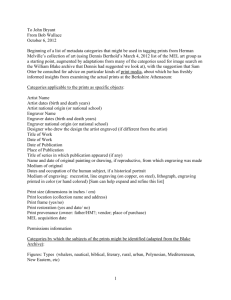
The other type of acrylic used in laser engraving is called extruded acrylic, which is formed into sheets by a machine. It can be cut with a laser, but it won’t give projects flame-polished edges. This type of acrylic is ideal for engraving because it turns a frosty white color when engraved, making it suitable for awards and plaques. Two types of acrylics are typically used in laser engraving and both are suitable for different applications.Ĭast acrylic sheets and objects are made from a liquid acrylic that is poured into molds that can then be set into various shapes and sizes. More than likely, this is caused by using the wrong acrylic in the application. Mistake 2: Acrylic Doesn’t Produce a Frosty White Engraving Most fabric engravings do fine at 150 to 300 DPI. Engraving at a lower DPI helps ensure the laser just slightly vaporizes the top layer and doesn’t burn entirely through the fabric. The higher the DPI, the more material will be removed. When it comes to direct-to-garment engraving, it is helpful to lower the dots per inch (DPI) at which you engrave.

Test these initial settings on some spare material, and if the fabric can withstand it, increase the power until you get the results you are looking for. But when it comes to delicate fabrics, it is important to start your settings at high speed (near or at 100%) and low power (around 5% to 10%). Heartier fabrics such as denim, canvas and leather can withstand higher power settings during engraving. The first step in avoiding burning fabric with a laser engraving/cutting machine is to understand which fabrics can withstand the process and at what temperatures. Mistake 1: Engraving Fabric but the Laser Burns through the Material With that in mind, let's talk about five of the most common mistakes when it comes to laser engraving and ways to avoid them in future projects.

#Gravostyle 5 kerning how to#
Knowing how to avoid these mistakes so they don’t come up again is half the battle. This is true in any field and laser engraving is no different.

Whether you are an accomplished engineer or a novice maker, learning the proper uses of design equipment to avoid pitfalls and mistakes takes time and experience.įrom time to time, issues come up that leave designers wondering what they did wrong or how they could do something better.


 0 kommentar(er)
0 kommentar(er)
